Both prison and refuge: Louise Bourgeois’ Cells at the Guggenheim, Bilbao

Louise Bourgois was 97 when she made the last of her Cell works in 2008, two years before she died.
In Cell (The Last Climb), an open door leads into a rusty wire cage. It’s not a prison but a gateway; inside, a spiral staircase leads up and out of the cage to the sky, and large blue glass balls are suspended like bubbles waiting to float free. At the centre of the cage is a brilliant blue rubber droplet like a giant tear – not falling but buoyed by this sense of floaty lightness – which Bourgeois described as a self-portrait.
For an artist who said she made art as a means of survival and a way of confronting fear, this work, a clear metaphor for death, is remarkably uplifting. It’s not fraught with anxiety, in the way that her works that typically explore unconscious emotions surrounding childhood memories, growing up, sex and motherhood are. Bourgeois worked tirelessly through her 70s, 80s and 90s with an urgent combative energy that one can only marvel at here. Perhaps by 2008 she was finally ready to let go.
Bourgeois created 60 Cells. Of the 28 on display at the Guggenheim Bilbao, most were created in the last two decades of her life. Each Cell is a world; a stage set to either be contained in, journeyed through, peeked voyeuristically into, or be excluded from.
They are precise, contained, and complete spaces, featuring sculpture and objects that Bourgeois owned or gathered to tell autobiographical stories. Some are more literally based on memories than others. One draws on a memory of her parents' bedroom, another features a marble replica of her childhood home with a guillotine poised above it, anticipating a moment when it might all disappear.
Frank Gehry’s gallery interior, a seemingly endless maze of rooms and corridors that curve and twist, grow and shrink, is an invitation to get lost. That suits Bourgeois’ work down to the ground, because it’s never about what's outside, but always the warped, shape-shifting unpredictability of her interior world.
Like a spider’s web, this world is a place of seductive, horrible beauty. Inevitably you are drawn into it, and as you are you begin to see that the unconscious world she was exploring has its own own internal logic. Repeating symbols – mirrors (confrontation of the self), doors (secrets and safety), limbs (impotence), spiders (the mother) – become a language, which help you to interpret her reality. Eventually a bigger picture emerges. The show, like the body itself, is a place of trauma and escapism, fear and magic: both prison and refuge.
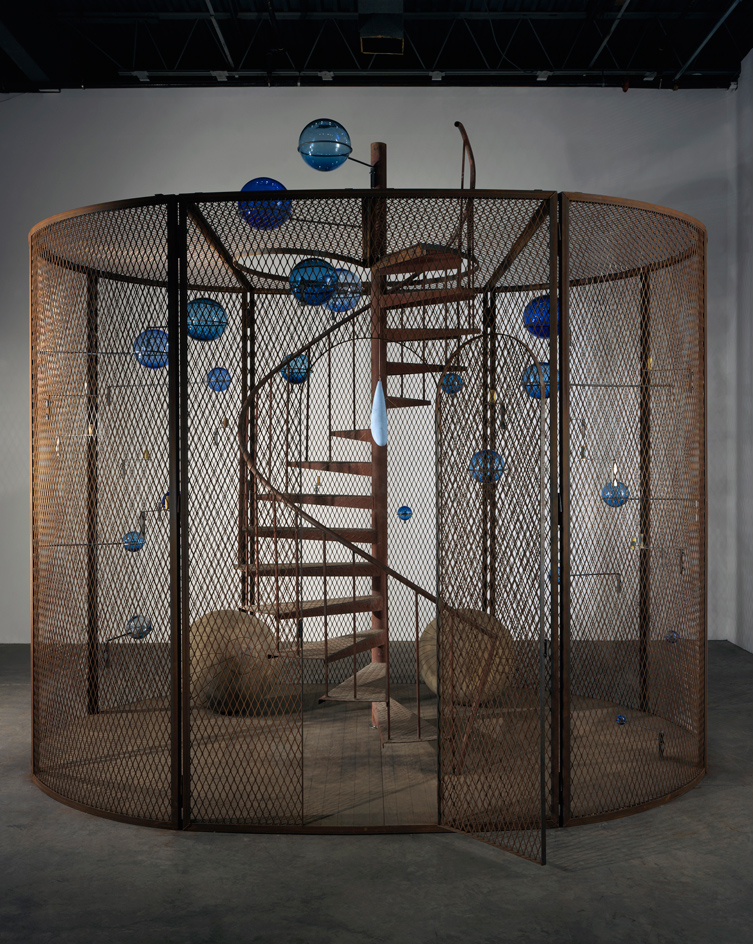
In Cell (The Last Climb) (pictured), an open door leads into a rusty wire cage. It’s not a prison but a gateway – this work, a clear metaphor for death, is surprisingly uplifting. Pictured: Cell (The Last Climb), 2008. Courtesy Collection National Gallery of Canada and The Easton Foundation / VEGAP, Madrid

Bourgeois worked tirelessly through her 70s, 80s and 90s with an urgent combative energy that one can only marvel at here. Pictured: Louise Bourgeois inside (Articulated Lair), which she considered the first of her Cells, in 1986. Courtesy The Easton Foundation / VEGAP, Madrid
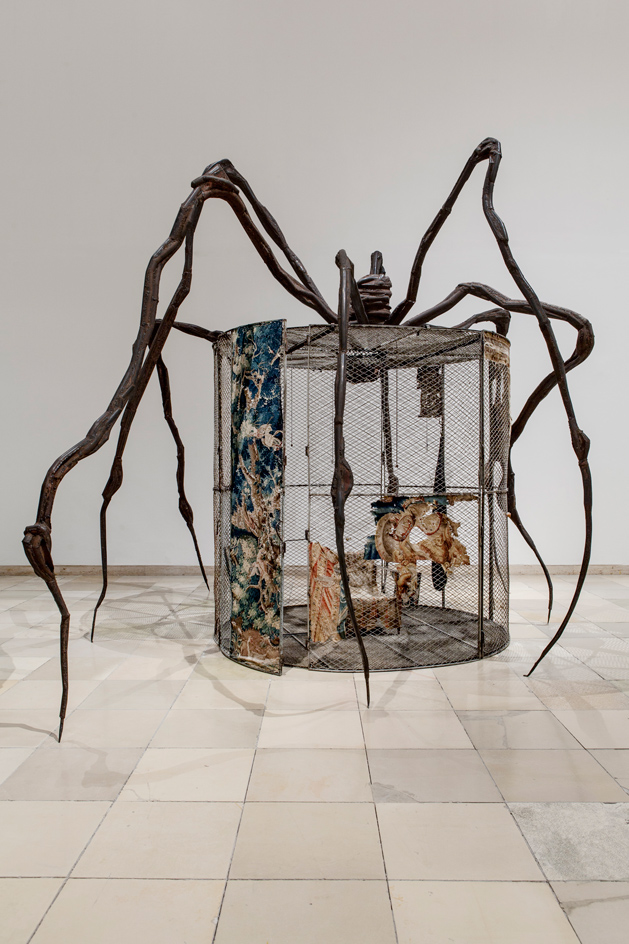
Spider, 1997. Courtesy The Easton Foundation / VEGAP, Madrid
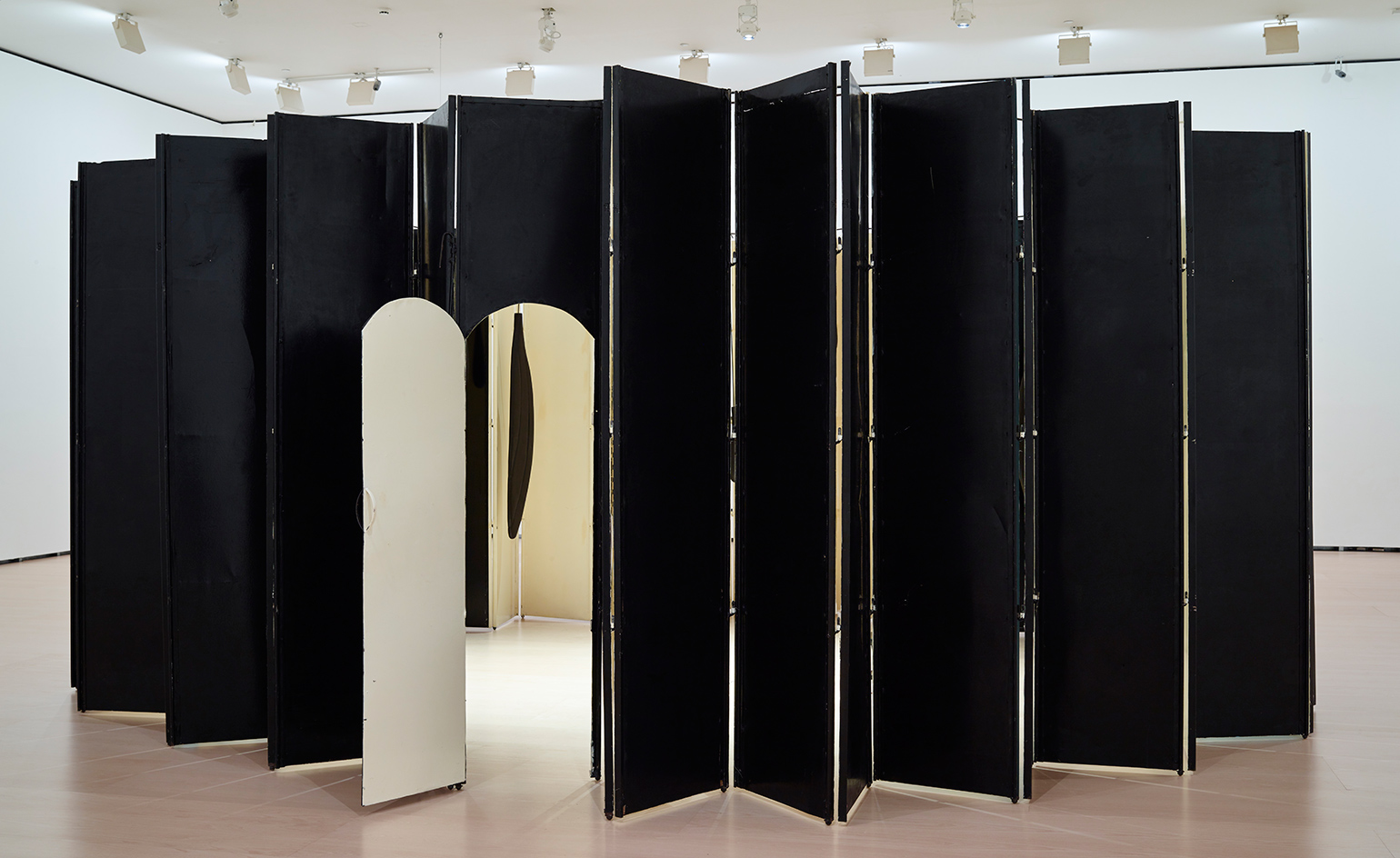
Bourgeois created 60 Cells. Of the 28 on display at the Guggenheim Bilbao, most were created in the last two decades of her life
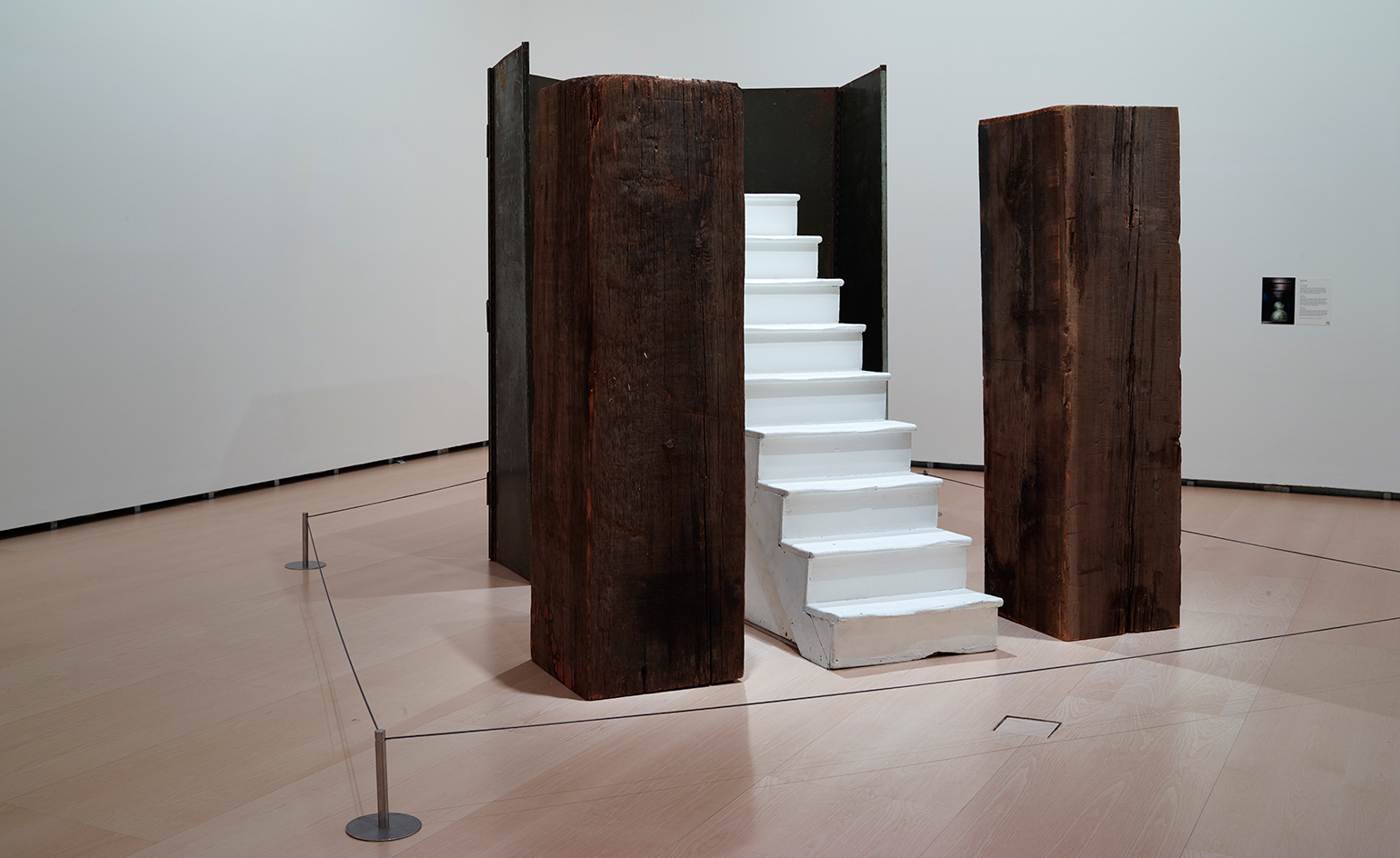
Each is a world, like a stage set, to either be contained in, journeyed through, peeked voyeuristically into, or be excluded from
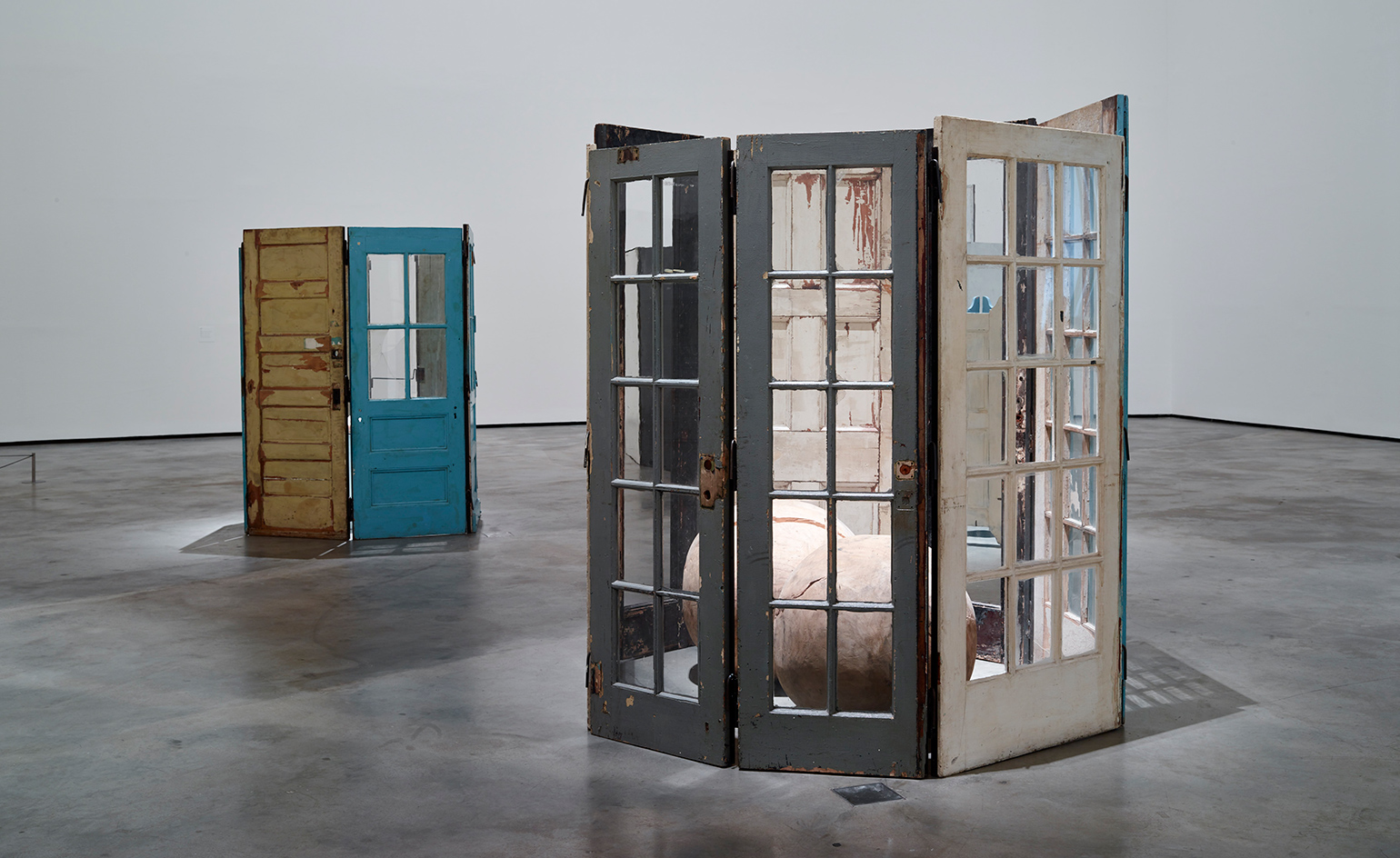
They are precise, contained, and complete spaces, featuring sculpture and objects that she owned or gathered to tell autobiographical stories

Frank Gehry’s Guggenheim interior is a maze of rooms and corridors that curve and twist. That suits Bourgeois’ work down to the ground, because it’s never about what's outside, but always the warped, shape-shifting unpredictability of her interior world

Red Room (Parents), 1994. Courtesy The Easton Foundation / VEGAP, Madrid / Private Collection and Hauser & Wirth
INFORMATION
'Structures of Existence: The Cells' is on view until 4 September. For more information, visit the Guggenheim Bilbao's website
ADDRESS
Guggenheim Museum Bilbao
Abandoibarra Etorb., 2
48009 Bilbao
Bizkaia, Spain
Receive our daily digest of inspiration, escapism and design stories from around the world direct to your inbox.
-
 ‘I want to bring anxiety to the surface': Shannon Cartier Lucy on her unsettling works
‘I want to bring anxiety to the surface': Shannon Cartier Lucy on her unsettling worksIn an exhibition at Soft Opening, London, Shannon Cartier Lucy revisits childhood memories
-
 What one writer learnt in 2025 through exploring the ‘intimate, familiar’ wardrobes of ten friends
What one writer learnt in 2025 through exploring the ‘intimate, familiar’ wardrobes of ten friendsInspired by artist Sophie Calle, Colleen Kelsey’s ‘Wearing It Out’ sees the writer ask ten friends to tell the stories behind their most precious garments – from a wedding dress ordered on a whim to a pair of Prada Mary Janes
-
 Year in review: 2025’s top ten cars chosen by transport editor Jonathan Bell
Year in review: 2025’s top ten cars chosen by transport editor Jonathan BellWhat were our chosen conveyances in 2025? These ten cars impressed, either through their look and feel, style, sophistication or all-round practicality
-
 Rolf Sachs’ largest exhibition to date, ‘Be-rühren’, is a playful study of touch
Rolf Sachs’ largest exhibition to date, ‘Be-rühren’, is a playful study of touchA collection of over 150 of Rolf Sachs’ works speaks to his preoccupation with transforming everyday objects to create art that is sensory – both emotionally and physically
-
 Architect Erin Besler is reframing the American tradition of barn raising
Architect Erin Besler is reframing the American tradition of barn raisingAt Art Omi sculpture and architecture park, NY, Besler turns barn raising into an inclusive project that challenges conventional notions of architecture
-
 Alice Adams, Louise Bourgeois, and Eva Hesse delve into art’s ‘uckiness’ at The Courtauld
Alice Adams, Louise Bourgeois, and Eva Hesse delve into art’s ‘uckiness’ at The CourtauldNew exhibition ‘Abstract Erotic’ (until 14 September 2025) sees artists experiment with the grotesque
-
 What is recycling good for, asks Mika Rottenberg at Hauser & Wirth Menorca
What is recycling good for, asks Mika Rottenberg at Hauser & Wirth MenorcaUS-based artist Mika Rottenberg rethinks the possibilities of rubbish in a colourful exhibition, spanning films, drawings and eerily anthropomorphic lamps
-
 San Francisco’s controversial monument, the Vaillancourt Fountain, could be facing demolition
San Francisco’s controversial monument, the Vaillancourt Fountain, could be facing demolitionThe brutalist fountain is conspicuously absent from renders showing a redeveloped Embarcadero Plaza and people are unhappy about it, including the structure’s 95-year-old designer
-
 See the fruits of Niki de Saint Phalle and Jean Tinguely's creative and romantic union at Hauser & Wirth Somerset
See the fruits of Niki de Saint Phalle and Jean Tinguely's creative and romantic union at Hauser & Wirth SomersetAn intimate exhibition at Hauser & Wirth Somerset explores three decades of a creative partnership
-
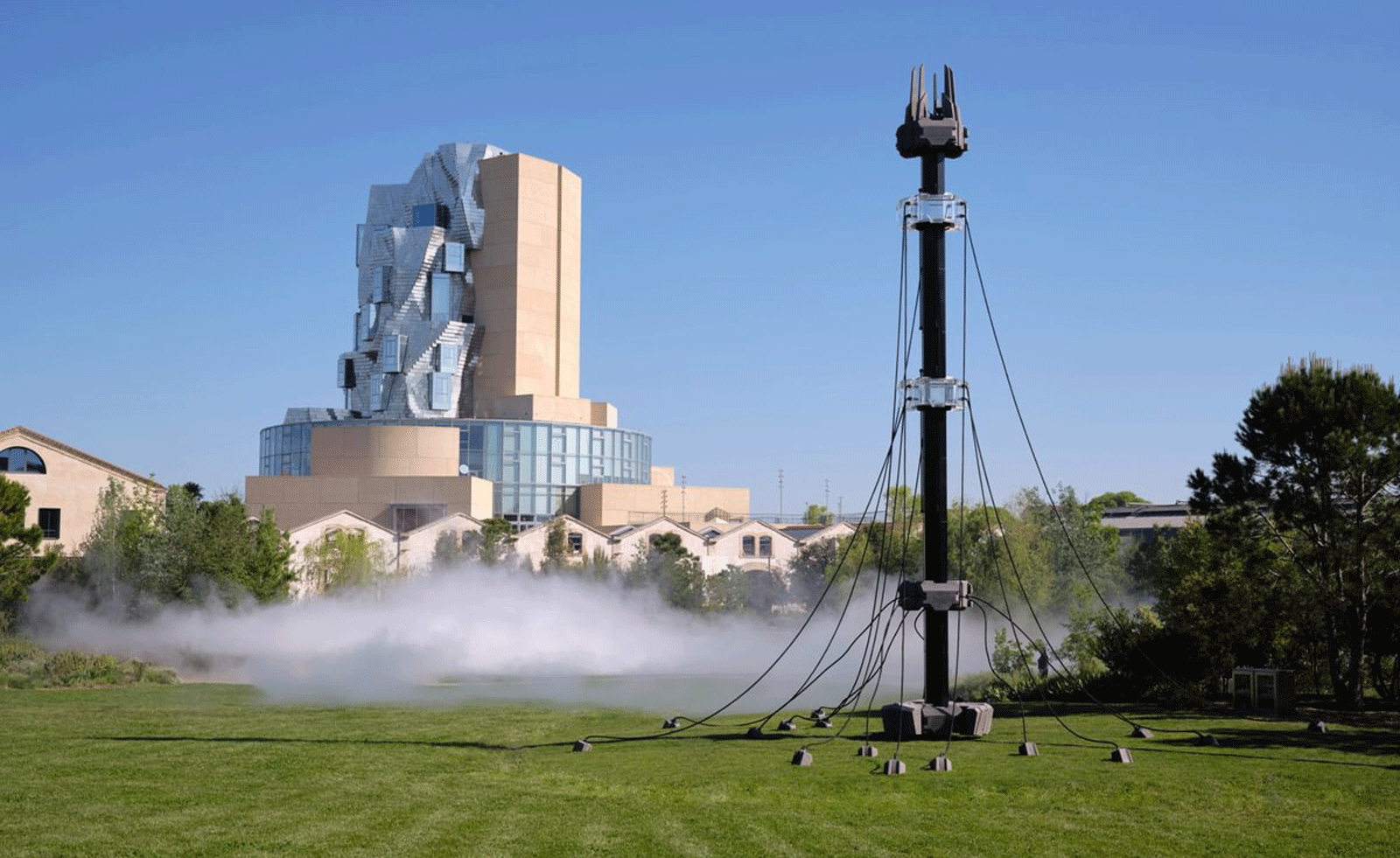 Technology, art and sculptures of fog: LUMA Arles kicks off the 2025/26 season
Technology, art and sculptures of fog: LUMA Arles kicks off the 2025/26 seasonThree different exhibitions at LUMA Arles, in France, delve into history in a celebration of all mediums; Amy Serafin went to explore
-
 The Tate Modern is hosting a weekend of free events. Here's what to see
The Tate Modern is hosting a weekend of free events. Here's what to seeFrom 9 -12 May, check out art, attend a lecture, or get your groove on during the museum's epic Birthday Weekender